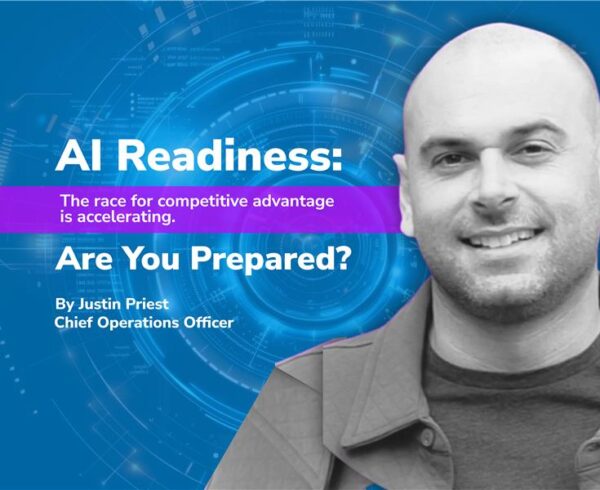The rapid digitization of the workplace has exposed a significant skills gap, leaving many organizations struggling to find employees with the necessary technical expertise to thrive in the digital age. To tackle this challenge head-on, businesses must prioritize upskilling and reskilling their existing workforce. This proactive approach involves equipping current employees with the knowledge and skills required to adapt to the evolving demands of the digital landscape.
Several effective strategies organizations can employ to upskill and reskill their workforce include leveraging online learning platforms and resources. These platforms provide accessible and flexible upskilling opportunities, allowing employees to learn at their own pace and convenience. Additionally, encouraging and supporting continuous learning and professional development within the organization fosters a culture of lifelong learning, where employees are motivated to stay up-to-date with the latest industry trends and technologies. According to Coursera’s Global Skills Report, 83% of organizations plan to increase their focus on digital and IT skills training in the coming years.
Collaborating with educational institutions and industry experts can also prove invaluable in designing relevant and future-proof curricula. These partnerships ensure that upskilling and reskilling programs align seamlessly with the evolving demands of the digital workplace. By implementing these strategies, organizations can effectively bridge the skills gap and empower their workforce with the knowledge and skills necessary to thrive in the digital era, driving innovation and ensuring long-term success. Society for Human Resource Management’s (SHRM) research indicates that strategic partnerships with educational institutions are critical to bridging the skills gap and preparing for the future workforce.
THE FUTURE OF TALENT MANAGEMENT: CREATING A SUSTAINABLE WORKFORCE
As digital transformation reshapes the workplace, organizations must prioritize building a sustainable workforce to thrive in this evolving landscape. This calls for a paradigm shift in talent management strategies, with a focus on employee well-being, continuous learning, and fostering a diverse and inclusive work environment.
1. FLEXIBLE WORK ARRANGEMENTS
Organizations should embrace flexible work arrangements that prioritize employee well-being. This may include remote work options, flexible hours, and support for work-life balance. By valuing employee health and happiness, organizations can enhance job satisfaction, reduce burnout, and foster a positive work culture.
2. A CULTURE OF CONTINUOUS LEARNING IS IMPERATIVE TO STAY COMPETITIVE
Encouraging employees to acquire new skills and knowledge ensures their adaptability and relevance in the face of rapid technological advancements. This can be achieved through comprehensive training programs, workshops, and on-the-job learning opportunities. According to LinkedIn’s Workplace Learning Report, employees who have made an internal move by the end of their second year with a company have a 75% likelihood of staying, compared to a 56% likelihood for those who remained in the same position.
3. PROMOTING DIVERSITY, EQUITY AND INCLUSION (DEI) IS CRUCIAL FOR FOSTERING AN ENGAGED AND INNOVATIVE WORKFORCE
A diverse workforce brings together different perspectives and experiences, fostering creativity and driving innovation. By promoting an inclusive environment where everyone feels valued and respected, organizations can unlock the full potential of their workforce. McKinsey’s report on diversity and inclusion states, companies in the top quartile for gender diversity on executive teams were 25% more likely to have above-average profitability.
Furthermore, encouraging cross-functional collaboration and knowledge sharing breaks down silos and fosters a culture of innovation. When employees from different departments and disciplines work together, they generate fresh ideas, solve complex problems, and drive organizational success.
By embracing these principles, organizations can build a sustainable workforce that thrives in the digital age. Prioritizing employee well-being, continuous learning, DEI, and collaboration empowers organizations to adapt, innovate, and stay ahead in the ever-evolving business landscape. If you’re interested in learning more about how to create a sustainable workforce in the face of digitization, don’t hesitate to contact us. We’re here to help you navigate the challenges and opportunities of the digital era.






